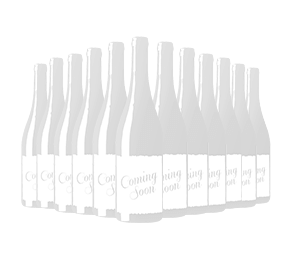Chat with Vinny
Ah, Burgundy! The classic French wine region that makes connoisseurs go all starry eyed and has wine writers reaching for their most fanciful metaphors. But don’t be put off by the mystique. Burgundy sets the benchmark for both Chardonnay and Pinot Noir, two of the world’s best-loved grapes. It’s a region well worth taking the time to explore. And if you’re not sure where to start, don’t worry. Find out all you need to know in our Burgundy guide.
What kind of wine is the Burgundy region known for?
A good way of understanding Burgundy is by contrasting it with another equally famous French wine region Bordeaux – as the two differ in almost every important aspect.
While Bordeaux is made up of grand estates surrounded by large vineyards, Burgundy is a patchwork of tiny vineyards divided between 100s of growers.
The top Bordeaux wines are classified by property – for example Mouton-Rothschild Premier Grand Cru Classé. In Burgundy, the top wines are classified by vineyard – for example, Clos Saint-Denis Grand Cru, a tiny walled vineyard in Morey-Saint-Denis.
While Bordeaux is most famous for blends, Burgundy is known almost entirely for two grape varieties – Pinot Noir, for reds, and Chardonnay, for whites.
And finally, while Bordeaux reds tend to be big, full-bodied and packed with dark fruit, Burgundy reds tend to be medium-bodied but intense, with red fruit flavours that develop amazing complexity with age. Much of the pleasure in red Burgundy comes from its perfumed aroma … always subtle, never heavy handed.
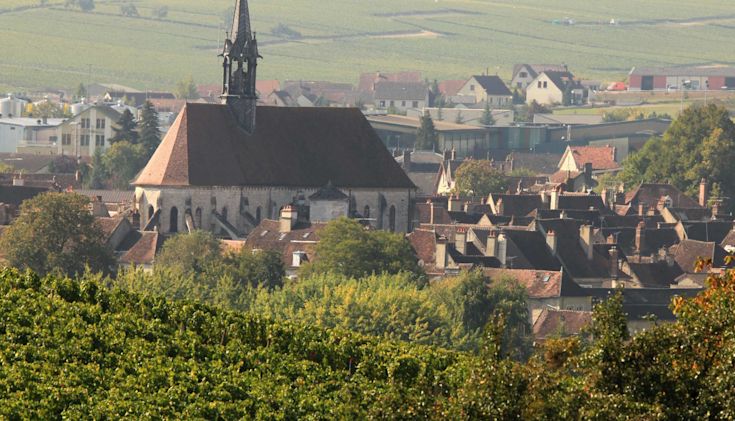
What grapes are grown in Burgundy?
Burgundy is known almost entirely for two grape varieties – Pinot Noir and Chardonnay.
Pinot Noir
While Pinot Noir typically produces medium-bodied wines, this doesn’t mean they lack flavour or aroma. The best examples are characterised by nuanced aromas, a wonderful intensity of flavour and lovely freshness.
Pinot Noir is a famously fussy variety and requires just the right conditions to flourish. But while this means that quality can vary, it also means that Pinot Noir can reflect subtle differences in ‘terroir’ – the combination of place, climate and soil that affects the style of a wine. This accounts for the dizzying array of appellations you’ll find in Burgundy.
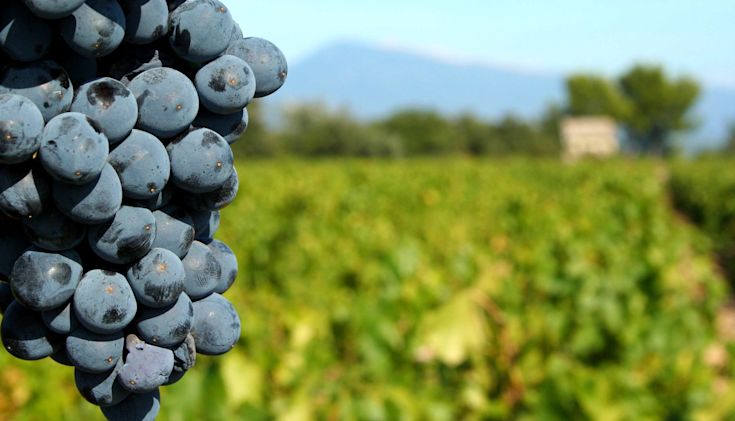
Chardonnay
In contrast to Pinot Noir, Chardonnay is something of a chameleon grape. Its wines can vary from rich, golden, and buttery to crisp, lean, and minerally. Both of these styles reach their apogee in Burgundy – the first in Meursault, the second in Chablis. And – again in contrast to Pinot Noir – Chardonnay can be grown almost anywhere that grapes are grown.
While Chardonnay is now produced all around the world, Burgundy can claim to have set the bar for what it can achieve. When a winemaker in Australia’s Margaret River region, for example, crafts a luxurious barrel-fermented Chardonnay, bursting with ripe tropical fruit and oaky spice – a Grand Cru white Burgundy is the style they are aiming for.
How are Burgundy wines classified?
Though often seen as complex, Burgundy classification is relatively straightforward. There are four levels, listed here from lowest to highest:
Regional: examples include Bourgogne AOC, Mâconnais AOC and Chablis AOC
Village: examples include Chassagne-Montrachet, Volnay and Morey-Saint-Denis
Premier Cru: examples include Beaune, Les Chaumes, and Les Vaucrains
Grand Cru: examples include Clos de Vougeot, La Tâche and Corton-Charlemagne.
What are the wine regions of Burgundy?
The wine region of Burgundy is a long, narrow strip of land in east-central France stretching from the Beaujolais and Mâconnais in the south, to Chablis in the north (just below Champagne).
It divides pretty neatly into four distinct wine regions. From south to north these are: the Mâconnais, the Côte de Beaune, the Côte de Nuits, and Chablis. Technically, it also includes Beaujolais just south of Mâconnais, but that’s a whole other topic we will cover elsewhere.
Mâconnais
If you’re looking for an affordable introduction to white Burgundy, the Mâconnais is a great place to start. Being in the most southerly part of Burgundy, Chardonnay ripens easily here, producing fruity and approachable wines. Despite the ripeness, they tend to be made in a crisp, refreshing style, with either subtle or no oak influence.
The Mâconnais’ most famous village wine is Pouilly-Fuisse AOC which has long enjoyed a reputation for high quality. However, Mâconnais AOC whites have enjoyed a surge in popularity recently, as Burgundy fans have cottoned on to their great value. Plus the wine quality from this region has also taken a big leap, with impressive results.
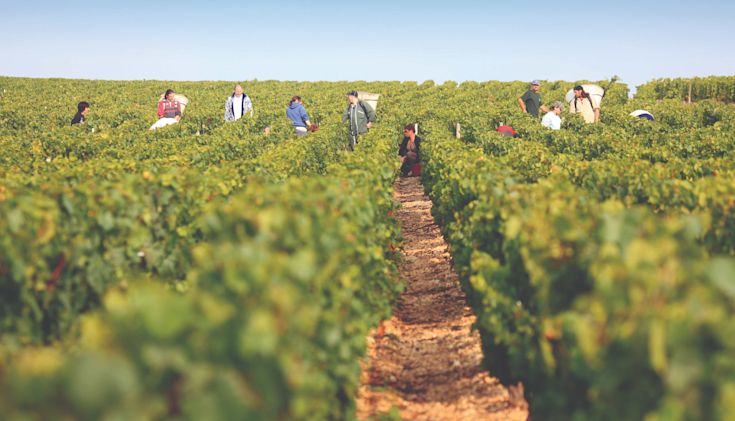
Côte de Beaune
Along with the Côte de Nuits, the Côte de Beaune makes up the Côte d’Or, or golden slope – what you might think of as ‘Burgundy proper’.
The Côte de Beaune is home to some of the most famous white Burgundies – made in the rich, hedonistic style that has been widely imitated around the world. Its village wines are among the world’s most famous – bywords for the rich white Burgundy style: Meursault, Puligny-Montrachet and Chassagne-Montrachet to name a few.
Red wines are made here too of course. Because the Côte de Beaune is in the southern half of the Côte d’Or, these are some of the richest and most powerful reds of Burgundy. Pommard, Volnay and Corton are some of the most famous examples.
Côte de Nuits
The northern half of the Côte d’Or, the Côte de Nuits, is most famous for its reds. The cooler climate allows for longer ripening, resulting in elegant wines with expressive aromas – classic red Burgundy. Many regions around the world have attempted to re-create this style – perhaps the most successful being Oregon in the United States, and Central Otago in New Zealand. But Burgundy remains the benchmark for fine Pinot Noir.
The most famous village wines in the the Côte de Nuits are Vosne-Romanée, Gevrey-Chambertin and Morey-Saint-Denis. (the last named after a saint who was said to have risen from the dead after execution and walked to his burial place carrying his head in his hands!)
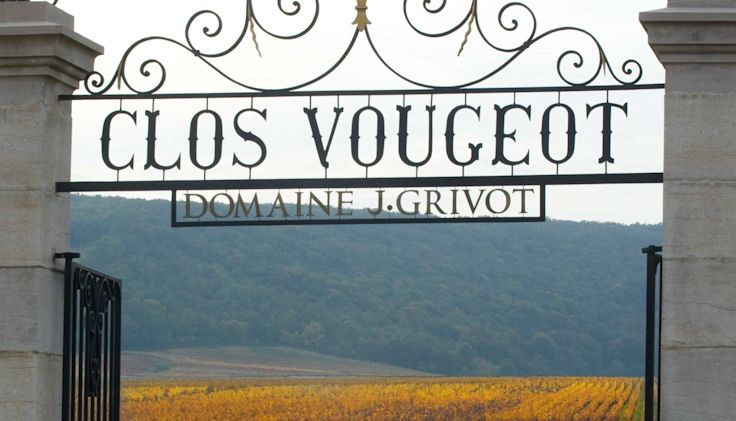
Chablis
Chablis, the most northerly part of Burgundy, is exclusively a white wine region. In contrast to the rich, hedonistic wines of the Côte de Beaune, however, they are renowned for their steely backbone and crisp minerality, and often receive no ageing in oak. In fact, between Meursault and Chablis, Burgundy could be said to define the limits of what the versatile Chardonnay grape can do.
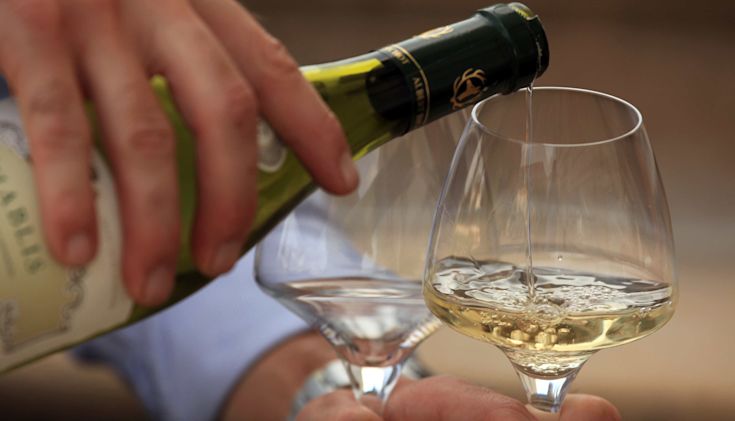
Where to start with Burgundy wines?
With all this information, you might still be wondering where to start in getting to know Burgundy’s wines. Here are a few suggestions to get you started.
Start by exploring the regional wines. Mâconnais offers a great-value introduction to white Burgundy as do wines labelled Bourgogne AOC. If you prefer a mineral-fresh style of white, go for a Petit Chablis or Chablis. And for reds, plump for a Bourgogne AOC – they come in both red and white.
Find a producer you like. With so many village wines to get to know, buying Burgundy can seem like a lottery. Find a reliable producer before you branch out. Albert Bichot, Bernard Moreau, and Domaine Servin are some of our favourites.
Try a mixed selection. We usually have mixed cases of Burgundy on our website. These are a great way to explore Burgundy’s wines – and of course every wine comes with our no-quibble guarantee. You don’t like a bottle? You don’t pay for it.
About the author
Chris Larkin
A seasoned copywriter with over two decades experience, Chris has been part of the team since 2021. At Laithwaites HQ, you’ll find him either working on our latest catalogue or creating informative content for our website. Qualified to WSET Level 3 Wine, Chris is as geeky about wine as he is about copywriting. But when it comes to choosing a special bottle, he is a traditionalist, and loves a good Bordeaux or Mâcon Chardonnay.
